The globalised economic changes is India and China have now become a global talk. The soothsayers all over the world have visualized a new Asian socio-economic order with the constellation of "the Tiger-Dragon" cluster in influencing the course and contours of the human life in the 21 century. The key question is whether India and China will be partners or rivals. If partners, how best to go beyond bilateral issues and ensure international peace, security, and stability. If rivals, how best to resolve areas of conflict and competition and drive the engine of growth through the irreversible cooperative partnership. This, Vellore Institute of Development Studies’ (VIDS) commemorative (1996-2006) compendium, India and China in the Asian Century: Global Economic Power Dynamics, is drawn from well researched commentary papers and documents by 36 prominent journalists, eminent diplomats, academicians, scholars and leading trade and commerce strategists. The contents and coverage span from understanding the present position of modern "Asian Drama" dynamics delineating their inherent problems and new opportunities to carve out a strategic India-China global partnership. The book is divided into four broad areas of discursive debates: dialects and dynamics of "the Asian Century", China: the "Dragon’s" development dimensions, India: the "Tigers" development strides and "The Asian Giants": global economic power dynamics. Appendices are full of macro socio-economic statistics of India and China in the context of world economy. The salient features of the recently issued joint declaration by the Indian Prime Minister Manmohan Singh and the Chinese President Hu Jintao on November 21, 2006 at New Delhi after a Summit Level Meeting is included as part of preface to understand the emergent testament of mutual trust and cooperation between two countries as global players. Here is a book that heralds new hope of economic prosperity in a globalised Asia. It will of invaluable referral website to students, researchers, cross-border trade strategists and policy programmers on the Indo-China international affairs.
India and China in the Asian Century: Global Economic Power Dynamics
$47.70
$53.00
In stock
Free & Quick Delivery Worldwide
All orders amounting to US$ 50 or more qualify for Free Delivery Worldwide. For orders less than US$ 50, we offer Standard Delivery at $14 per book.
ABOUT THE AUTHOR P Jegadish Gandhi
P. Jegadish Gandhi (1941), formerly Professor of Economics at Voorhees College, Vellore for over three decades, is now Director of the Vellore Institute of Development Studies. Specialising in Development and Socio-economic issues, Gandhi has more than 200 articles published in leading economic journals and in popular periodicals in India and abroad and 23 books of his credit. His latest book on Dr. Kalam’s PURA Model and Societal Transformation was published in January 2005. he has participated in and presented papers at several national and regional seminars and international conferences. Gandhi jhas the distinction of having been a Visiting Scientist, DST (Government of India) Project, Department of Management Studies, Indian Institute of Science, Bangalore (1987-88). He was Vice-President of the International Society for Intercommunication of New Ideas (USA) and Treasurer, Vice-President and President (2000-2001), the Association of Economists of Tamil Nadu and Pondicherry. Gandhi has been honoured with the Senior Economist Award of the Association of economists of Tamil Nadu in 2002. He was an Expert Member of the Working Groups on Road Transport Services, Employmetn/Unemployment and Rural Development in the formulation of 9th & 10th Plans, State Planning Commission, Government of Tamil Nadu. Dr. Gandhi is presently an Academic Council Member of Vellore Institute of Technology, Deemed University and Thiruvalluvar University, Vellore. As a social activist, he has been working for the abolition of bonded labour and child labour system among other issues of social concern.
reviews
0 in total
Review by Anonymous
Be the first to review “India and China in the Asian Century: Global Economic Power Dynamics” Cancel reply
You must be logged in to post a review.
Bibliographic information
Title
India and China in the Asian Century: Global Economic Power Dynamics
Author
Edition
1st ed.
Publisher
ISBN
8176299855
Length
l+284p., Figures; Tables
Subjects
tags
#Chinamore by P Jegadish Gandhi see more
Disaster Mitigation and Management: Post-Tsunami Perspectives
Since 26 December 2004, the ...
$38.70
$43.00
similar bookssee more
Growth and Development of Tourism in India: With Special Reference to West Bengal
Of late, tourism has emerged ...
$65.70
$73.00
Corporate Reporting in India: Financial and Social Performance Disclosers
Since the emergence of ...
$33.30
$37.00

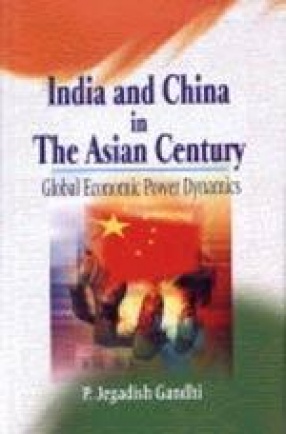
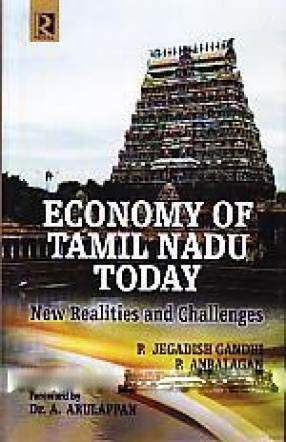
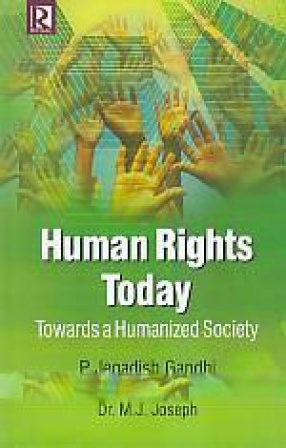
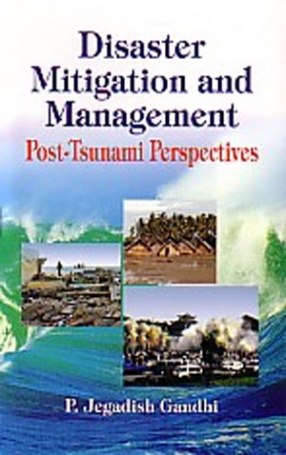
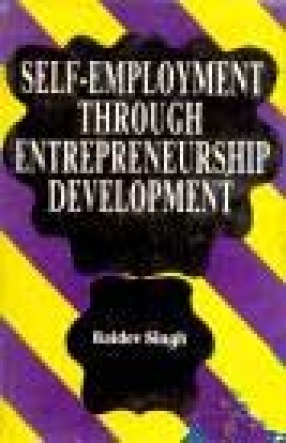

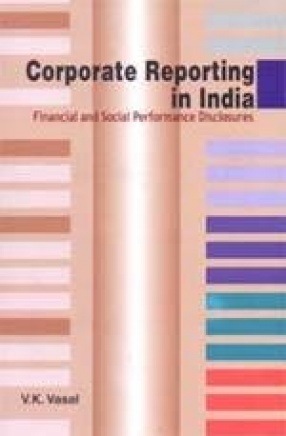
There are no reviews yet.